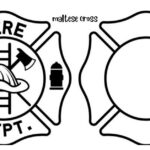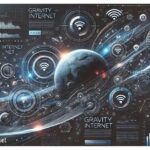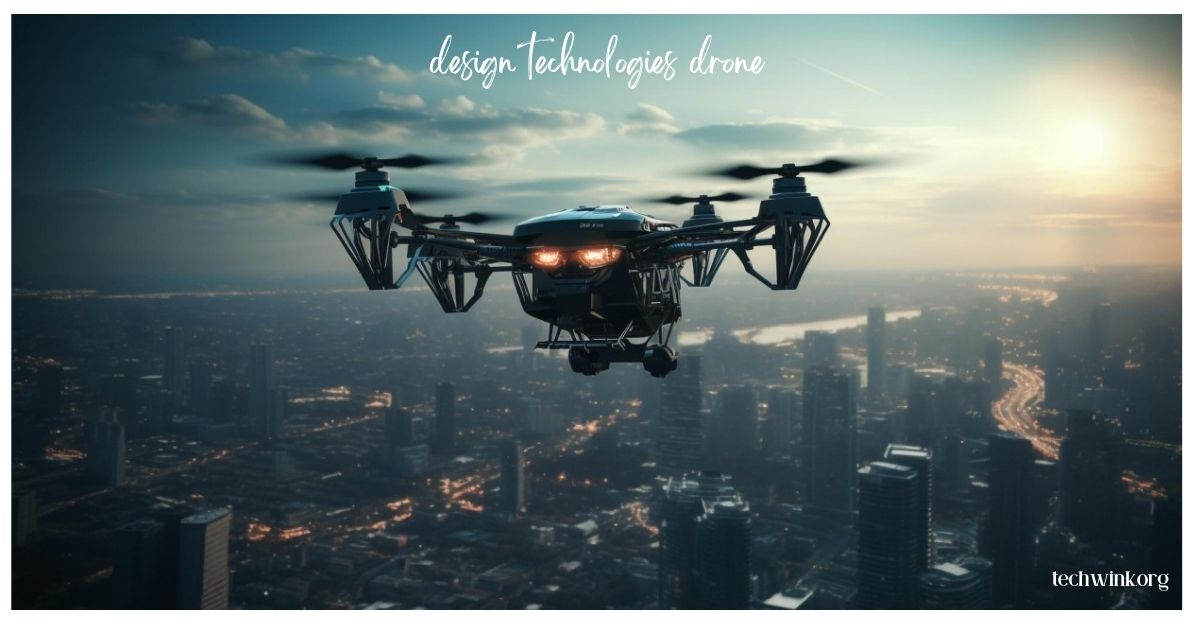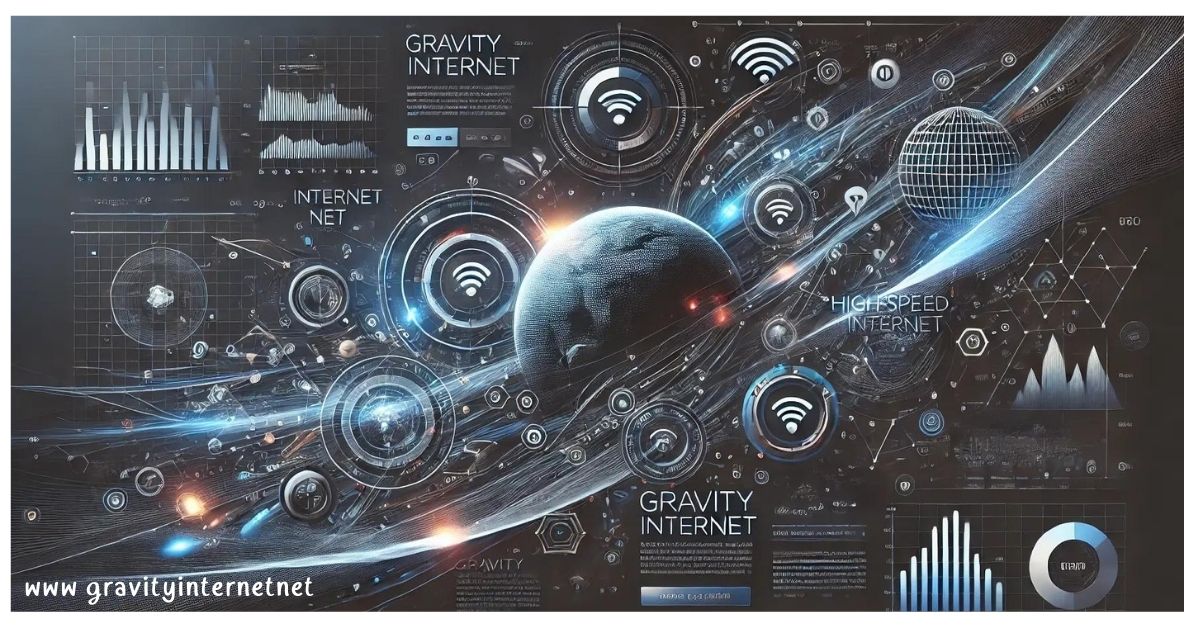The digital landscape is continuously evolving. One of the most intriguing developments in recent years is the rise of Non-Fungible Tokens (NFTs). nftrandomize represent ownership of unique digital assets, ranging from artwork and music to virtual real estate . However, a key aspect that adds excitement to the world of nftrandomize is the concept of randomization, often referred to as “NFT randomize.” This article delves into what NFT randomization entails, its significance, and how it is shaping the future of digital ownership.
Understanding NFT Randomization
NFT randomization refers to the process of introducing elements of chance or unpredictability into the creation. This concept can be applied in various ways, such as randomizing traits in generative art projects etc. The essence of NFT randomization lies in creating a sense of mystery and anticipation for collectors. As they never know exactly what they will receive when they purchase or mint an NFT.
For example, in the case of generative art, an artist might create a set of base layers—such as background colors, patterns, and shapes. That are then randomly combined to generate unique artworks. Each resulting piece is one-of-a-kind, with some combinations being rarer . This randomness not only enhances the value of the NFTs but also encourages collectors to participate in the creation process. As they have a chance to own something truly unique.
The Role of Randomization in NFT Collectibles
One of the most prominent applications of NFT randomization is in the realm of digital collectibles. Projects like CryptoPunks, Bored Ape Yacht Club, and NBA Top Shot have leveraged randomness to create unique, limited-edition assets . In these projects, each collectible is generated with a specific set of attributes. Such as appearance, accessories, or other defining features—that are assigned randomly at the time of minting.
This random assignment of traits introduces an element of surprise, as collectors do not know in advance what their NFT will look like or how rare it will be. For instance, in the Bored Ape Yacht Club, each ape is generated with a combination of different traits. Like background color, clothing, and facial expressions. Some combinations are rarer than others. Which can significantly increase the value of the NFT on secondary markets.
The Psychology Behind NFT Randomization
The appeal of NFT randomization can be linked to several psychological factors that drive human behavior, particularly in the context of collecting. One of the key drivers is the “lottery effect,” where the anticipation of receiving a rare or valuable item creates excitement. This effect is similar to the thrill of opening a pack of trading cards. Where the outcome is uncertain, and there is a chance of finding a rare or special card.
Additionally, the concept of “scarcity” plays a crucial role in the perceived value of randomized NFTs. When certain traits or combinations are less common,. They become more desirable to collectors. This scarcity, combined with the element of randomness, creates a strong incentive for collectors to acquire and trade NFTs.
Moreover, the social aspect of owning rare or unique NFTs cannot be overlooked. In many cases, collectors take pride in displaying their one-of-a-kind assets, whether on social media, in virtual galleries, or within online communities. The randomness of the NFT creation process adds an extra layer of prestige, as collectors can boast about the rarity of their acquisitions.
Technical Aspects of NFT Randomization
From a technical perspective, NFT randomization involves the use of algorithms and smart contracts to generate. Also, assign random traits or attributes. These algorithms can be designed to ensure that each NFT is unique. While also controlling the distribution of rarer traits to maintain a balanced ecosystem.
Smart contracts play a pivotal role in this process by automating the generation and distribution of NFTs. When a user mints an NFT, the smart contract executes a predefined algorithm. That randomly selects traits from a pool of possibilities. The result is an NFT that is immediately transferred to the user’s wallet, complete with its unique set of characteristics.
Blockchain technology further enhances the integrity of the randomization process by ensuring transparency and immutability. Since the entire process is recorded on the blockchain, collectors can verify the authenticity and rarity of their NFTs with confidence. This level of transparency is essential in building trust within the NFT community. As it assures collectors that the randomization process is fair and unbiased.
Use Cases for NFT Randomization
NFT randomization has found its way into various industries, each leveraging the concept in unique and innovative ways. Here are a few notable examples:
- Art and Design: Generative art projects are perhaps the most well-known application of NFT randomization. Artists use algorithms to create thousands of unique pieces, each with its own distinct style and characteristics. Collectors are drawn to the idea of owning a piece of art that is truly one-of-a-kind.
- Gaming: In the gaming industry, NFT randomization is used to create unique in-game assets, such as weapons, characters, or skins. These assets can be randomly generated during gameplay or purchased through loot boxes, adding an element of surprise and rarity to the gaming experience.
- Fashion and Apparel: Fashion brands are exploring the use of NFT randomization to create limited-edition digital clothing and accessories. For example, a virtual sneaker brand might release a series of shoes with randomly assigned colors, patterns, and materials, making each pair unique.
- Music and Entertainment: Musicians and entertainers are beginning to experiment with NFT randomization to create exclusive content for their fans. This could include randomly generated album covers, limited-edition tracks, or even personalized fan experiences.
Challenges and Considerations
While NFT randomization offers numerous benefits, it also presents certain challenges that must be addressed. One of the primary concerns is the potential for unfair or biased randomization. If the algorithms used to generate NFTs are not carefully designed, there is a risk that certain traits may be overrepresented or underrepresented, leading to an imbalance in the ecosystem.
Another challenge is the issue of scalability. As the popularity of NFTs continues to grow, the demand for randomized assets may outpace the capacity of existing blockchain networks. This could result in slower transaction times, higher fees, and reduced accessibility for collectors.
Furthermore, the environmental impact of NFT randomization cannot be ignored. The process of minting NFTs on energy-intensive blockchain networks has raised concerns about the carbon footprint of digital assets. While efforts are being made to develop more sustainable solutions, this remains a critical issue for the future of NFT randomization.
The Future of NFT Randomization
The future of NFT randomization looks promising, with continued innovation and exploration across various industries. As blockchain technology evolves, we can expect to see more sophisticated algorithms that enhance the fairness and complexity of randomization processes. Additionally, the integration of artificial intelligence and machine learning could open up new possibilities for creating even more unique and personalized NFTs.
One potential avenue for growth is the development of dynamic NFTs—assets that change or evolve over time based on certain conditions or interactions. Imagine owning an NFT that randomizes its traits periodically or in response to specific events, making it an ever-changing digital collectible.
Another exciting prospect is the use of NFT randomization in virtual and augmented reality. As these technologies become more prevalent, NFTs could play a central role in creating immersive and interactive digital environments. For instance, virtual real estate could be randomly generated, offering users a unique plot of land to build and customize within a metaverse.
Conclusion: The Impact of NFT Randomization on Digital Collectibles
NFT randomization has introduced a new dimension of excitement and unpredictability to the world of digital collectibles. By leveraging the power of algorithms and blockchain technology, creators can offer unique, one-of-a-kind assets that captivate collectors and drive engagement. However, as with any emerging technology, it is essential to address the challenges and ethical considerations associated with NFT randomization to ensure a fair and sustainable ecosystem.
As we move forward, the potential applications of NFT randomization are vast and varied, spanning industries from art and design to gaming and entertainment. For collectors and creators alike, the future holds endless possibilities for exploring the intersection of technology, creativity, and digital ownership.
FAQs on nftrandomize Randomization
What is nftrandomize randomization?
nftrandomize randomization is the process of introducing elements of chance or unpredictability into the creation, distribution.
How does nftrandomize randomization work?
nftrandomize randomization typically involves algorithms and smart contracts that randomly assign traits.
Why is randomization important in nftrandomize?
Randomization adds excitement and value to nftrandomize by creating unique assets with varying degrees of rarity, which appeals to collectors and drives engagement in the digital marketplace.
What are some common uses of nftrandomize randomization?
Are there any challenges associated with NFT randomization?
Challenges include ensuring fairness in the randomization process, scalability issues.











